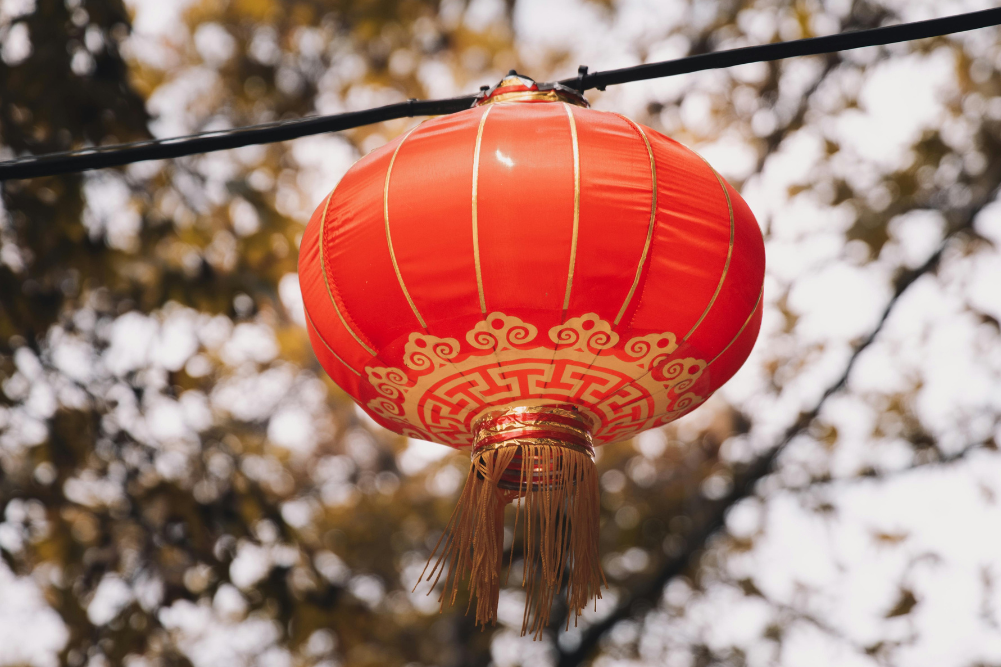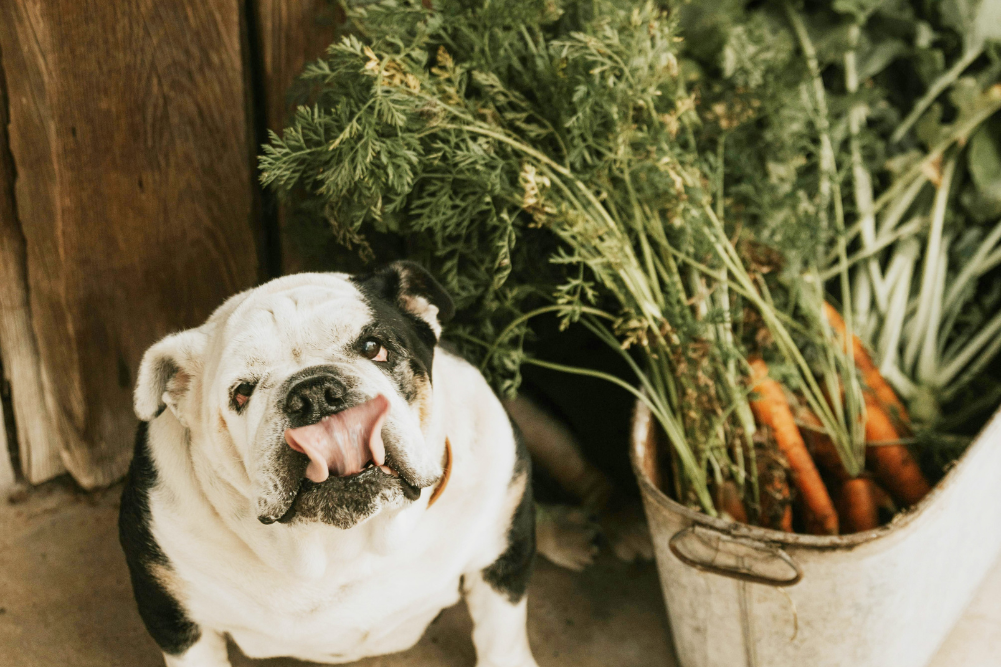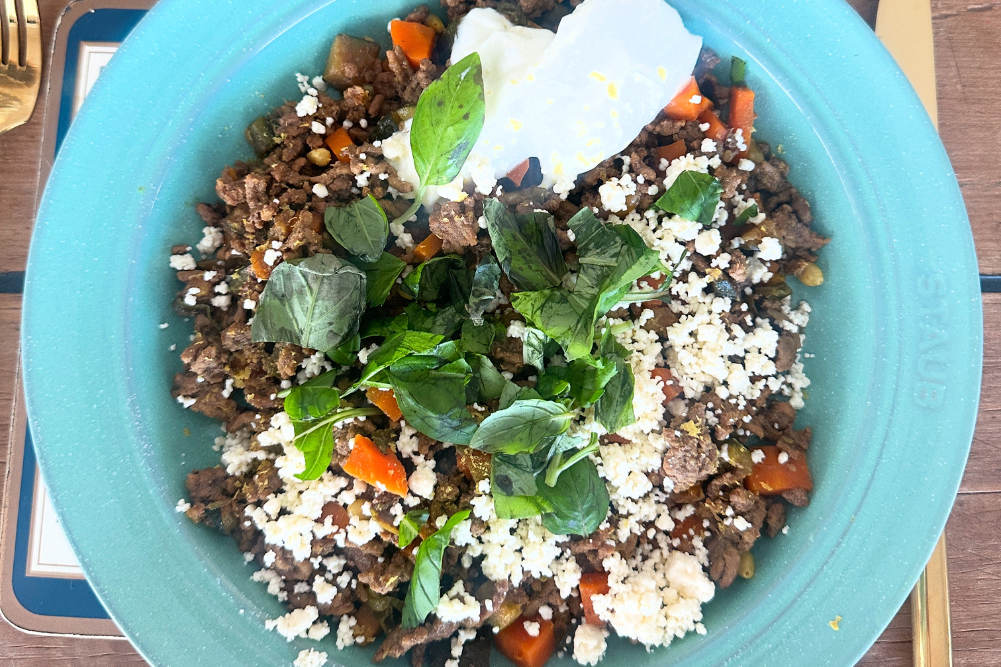Garden-grown beauty treatments
Mother Nature knows best, especially when it comes to your skin. Discover how home-grown calendula, aloe vera, chickweed, turmeric, comfrey and bentonite clay can be used as effective and nourishing beauty herbs.
There is a rise in interest in simple and effective natural beauty products, which is a positive step forward for the health of both humans and our planet. If you’re unsure where to begin when making the switch to natural cosmetics, why not start by looking in your garden? Many common herbs that are often regarded as weeds have been used for thousands of years in ancient beauty practices to reduce signs of premature ageing and heal many common skin ailments such as sunburn, acne, eczema and dermatitis. Interestingly, research is backing up what our ancestors knew intuitively; plants are powerful. Next time you’re in the garden, keep an eye out for the following six natural beauty treatments, gifted to us by Mother Nature.
Calendula
Calendula is the perfect balm to have in your handbag for dry skin, abrasions, bites and even nappy rash. This bright herb is native to the Mediterranean and is utilised in many medicinal modalities including Ayurveda and Traditional Chinese Medicine. Calendula contains flavonoids, triterpene saponins and carotenoids, which give the herb its powerful anti-inflammatory, antioxidant, antipyretic (anti-itch), antimicrobial and antifungal properties, making it a very useful topical balm in treating the following conditions.
Inflammatory skin conditions
Inflammation increases heat and redness in the skin, slows wound healing and breaks down collagen, resulting in reduced skin elasticity and more visible signs of lines and wrinkles. Inflammation is a key component of many skin conditions including rosacea, acne, eczema, dermatitis, hives, psoriasis, nappy rash and premature ageing.
Premature ageing
Free radicals are not only generated internally in our body but additionally produced when encountering external sources such as environmental pollution, toxic metals, cigarette smoke and pesticides. As the skin is the body’s first line of defence it is most vulnerable to these harmful substances. Applying an antioxidant-rich herb like calendula topically can help reduce the harmful effects of free radical damage to skin and mitigate signs of premature ageing.
Bacterial and fungal skin conditions
Acne, dandruff and nappy rash are all associated with bacterial or fungal overgrowth. Applying a topical balm of calendula in these conditions may be beneficial in promoting healing.
How to use
The flower petals are the parts used medicinally. A balm can be made by infusing a carrier oil with the petals.
Aloe vera
The humble aloe vera plant is a must-have in every garden, particularly if you live in a hot climate. Aloe vera contains 75 potentially active constituents including vitamins, enzymes, minerals and amino acids, which explains the succulent’s impressive therapeutic activity when it comes to skin and hair health.
Research has shown the watery gel-like substance found inside the leaves of aloe vera possesses anti-inflammatory, antioxidant and antiseptic activity, which is ideal for the following.
Alleviating sunburn and ultraviolet damage
Ultraviolet light creates disease-causing free radicals in the body, which are associated with skin cancer, ageing and other diseases. Research has shown that the topical application of aloe vera gel increases antioxidant activity in the skin, which reduces free radical damage and in turn improves skin health. Aloe vera additionally downregulates inflammation, which is why it is helpful in cooling and alleviating sunburnt skin.
Moisturising and softening skin
Topical application of aloe vera can help aid dry, itchy and rough skin thanks to the presence of the sugar molecules mucopolysaccharides, which encourage moisture absorption and help epidermal skin cells stick together, resulting in smoother, softer skin.
Slowing the ageing process
Aloe vera has been shown to stimulate fibroblasts which produce collagen and elastin fibres in the skin and increase hyaluronic acid, which both play a role in reducing wrinkles and ensuring skin is hydrated. One study detailed that ingestion of a daily aloe sterol supplement reduced the visible signs of wrinkles and lines after only eight weeks.
Healing bacterial conditions
Aloe vera contains six antiseptic agents including lupeol, salicylic acid, urea nitrogen, cinnamonic acid, phenols and sulphur, which all have an inhibitory action on fungi, viruses and bacteria. Topical application of aloe vera may therefore play a role in reducing certain types of acne and other bacterial skin conditions.
Stimulating hair growth
The gel from inside the aloe vera plant has been used traditionally for stimulating hair growth following alopecia. It has been suggested that the constituent aloenin along with aloe vera’s pH value of 6, which is very close to the skin’s pH 5, can facilitate the penetration of nutrients into the hair bulb, revitalising and promoting hair regrowth.
How to use
The fresh gel from the aloe vera plant can be applied directly to the skin and also ingested. Before applying or eating the gel, be sure you have identified the correct plant. Alternatively, pure aloe vera gel and aloe vera supplements can be purchased from most health food stores for topical and internal use.
Chickweed
Chickweed is widely dispersed all over the world; it grows low to the ground, has a hairy stem and produces small, star-shaped, white flowers. Like most herbs, chickweed has been used therapeutically for thousands of years and in modern times is an ingredient you will find in numerous natural skincare products.
Chickweed possesses antipyretic, anti-inflammatory, antioxidant and antimicrobial actions, making it suitable in treating conditions such as eczema, dermatitis, insect bites and abrasions.
How to use
A fresh chickweed oil infusion is great for all skin irritations and wounds and is gentle enough to bathe sore, itchy\ eyes. Dried leaves can also be processed into pills, powders or decoctions to treat skin infections.
Turmeric
Turmeric is one of nature’s most powerful spices, utilised in medicinal, culinary and ceremonial practices all around the world. Turmeric’s active constituent curcumin provides the rhizome with its potent antioxidant, antibacterial and anti-inflammatory activity. A growing amount of evidence suggests curcumin may modulate those phenomena involved in inflammatory, proliferative and infectious disorders of the skin including psoriasis, dermatitis, wounds, acne, premature ageing and skin cancer.
How to use
Turmeric can be added fresh or in powdered form to meals such as curries, soups, smoothies and hot drinks. A face mask can be created with fresh turmeric and coconut oil and applied topically to skin complaints. For a higher dose a curcumin supplement or liquid herbal medicine can be taken.
Comfrey
In the 17th century, the English botanist, herbalist and physician Nicholas Culpeper prescribed comfrey for treating inward wounds and bruises, wounds, ruptures, broken bones, inflammation, gout, and pained joynts.” Today, multiple randomised controlled trials have confirmed Culpeper’s findings and demonstrate the efficacy and safety of comfrey preparations for the topical treatment of sprains, strains, pain, inflammation and swelling of muscles and joints. The therapeutic properties of comfrey are based on its anti-inflammatory and analgesic effects.
How to use
Besides the comfrey roots, all the parts of the plant that grow above ground are utilised for medical purposes. Whole comfrey leaves can be used as a poultice and held in place with a bandage for sprains, pain and bruising. Alternatively you can make a comfrey ointment by infusing an oil with the leaves similarly to the chickweed recipe below.
Bentonite clay
Bentonite clay is an inexpensive, gentle and safe detoxifying agent that helps remove dirt and oil from the skin’s surface, eliciting a purifying and calming effect. Topical application of bentonite clay has been shown to reduce contact dermatitis from poison ivy and poison oak, improve chronic hand dermatitis in individuals who suffered previously uncontrolled dermatitis, and heal nappy rash, skin lesions and ulcers.
How to use
Mix bentonite clay powder with water to make a thick paste and apply to the areas of skin that are prone to oil or acne. Leave the mask on for 20 minutes and rinse thoroughly. Repeat two or three times per week. If you can’t harvest your own clay you can purchase pure bentonite clay online or from health food stores.
It can be easy to get swept up in buying the latest beauty products and end up with a cupboard full of cosmetics that you never use. There is beauty in simplicity. Harbour the healing power of nature and opt for single-ingredient beauty treatments straight from your garden.
Chickweed Balm
This balm is for topical use for soothing itchy skin, insect bites, hot rashes, nappy rash and wounds.
2 large handfuls fresh chickweed (harvested from a pollution-free area away from roads or sewage pipes)
1¼ cups olive oil
30mL beeswax (if you wish to have
a thicker balm, double this)
- Prepare the chickweed the day before by chopping the herb and arranging in a thin layer on a chopping board or tray to sit for 12–24 hours.
- The next day, add the chickweed and olive oil to a blender. Ideally, you are wanting similar amounts of oil to plant material. Blend for around 20 secs until combined.
- Place the mixture in a slow cooker and set to low heat for around 2–4 hours. Do not let the oil boil; a gentle, slow simmer is all you need. You may need slightly more or less time; gauge this by the oil’s colour — once it is green, it has infused well.
- In a double boiler place 1 cup of infused chickweed oil and 30mL of beeswax (more if you wish to have a thicker balm).
- Allow the oil and beeswax to melt and stir until blended, using as little heat as possible.
- Pour the balm into sterilised jars and let cool until it hardens.
- The balm can be stored for one year.
Golden Milk
Recipe for Two
2½ cups coconut milk
2 cm fresh turmeric root, sliced
1 cm fresh ginger root, sliced
1 tbsp coconut oil or ghee
Pinch black pepper
1 tbsp maple syrup or honey (optional)
- Combine all ingredients in a saucepan and simmer over medium heat until boiling.
- Strain and sip mindfully.








